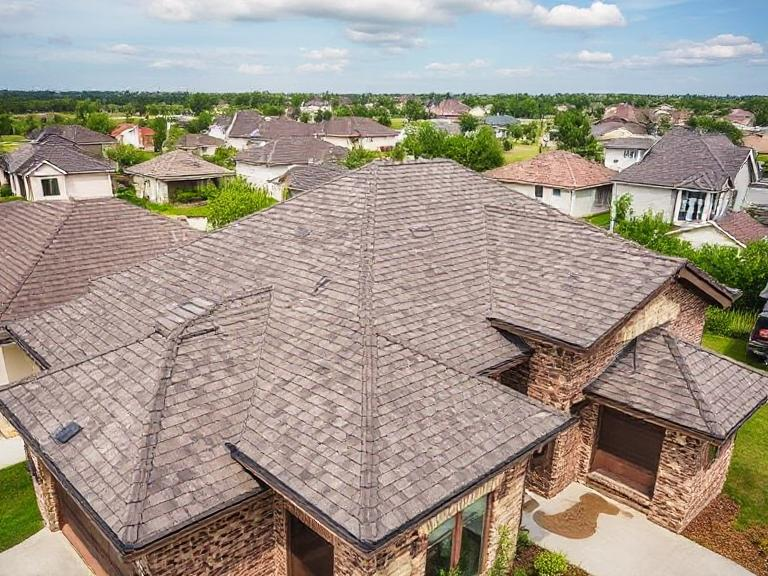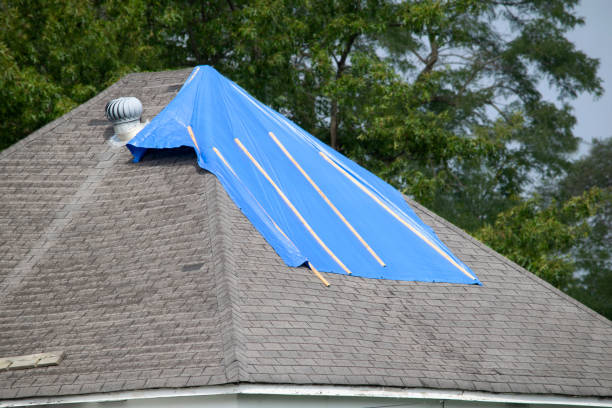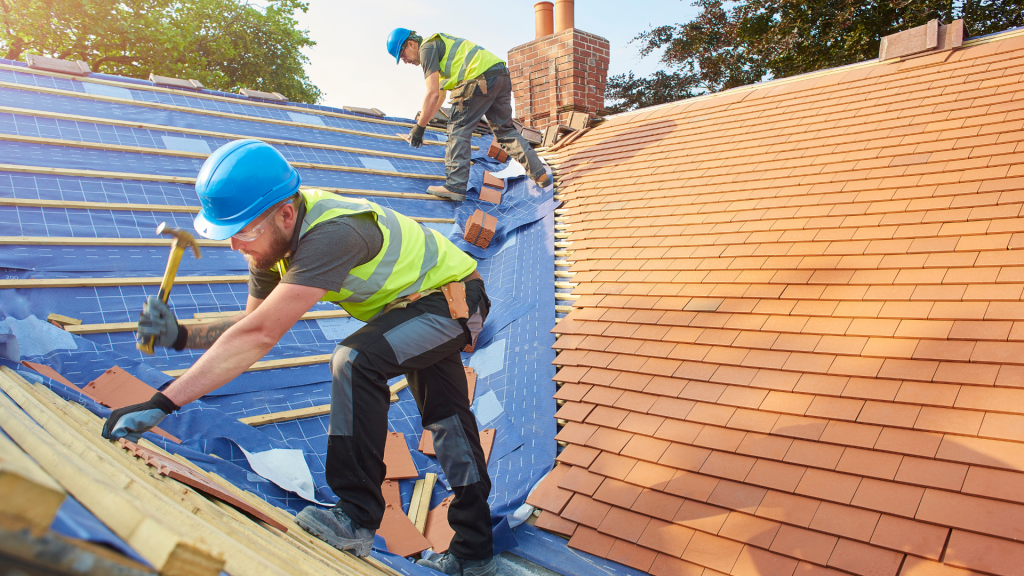
Breaking Down the Costs of Emergency Roof Tarping
Introduction
When disaster strikes, particularly in the form of severe weather conditions, homeowners often find themselves scrambling to protect their property. One vital step in safeguarding a damaged roof is emergency tarping. But what does this process entail, and how much can you expect to spend? In this comprehensive article titled "Breaking Down the Costs of Emergency Roof Tarping," we’ll delve into every aspect of emergency roof tarping costs, from materials to labor and beyond.
Understanding the financial implications of emergency roof repair can not only help you budget more effectively but also ensure that you're choosing the right roofing contractor for your needs. Whether you've experienced storm damage or are just looking to be proactive about potential risks, this guide will arm you with all the information you need.
What is Emergency Roof Tarping?
Definition and Purpose
Emergency roof tarping is a temporary solution designed to cover a damaged roof immediately after a storm or other disaster. The primary goal is to prevent further water intrusion until comprehensive repairs can take place. This method is particularly crucial in preventing additional interior damage and mold growth.
Why Choose Emergency Tarping?
Having a tarp over your roof provides several benefits:
- Immediate Protection: A tarp acts as a first line of defense against rain and wind.
- Cost-Effective: It's typically less expensive than full repairs or replacements.
- Quick Deployment: Most roofing companies offer 24-hour services for immediate assistance.
Breaking Down the Costs of Emergency Roof Tarping
Factors Influencing Cost
The cost of emergency tarping can vary widely based on several factors:
- Larger roofs require more material, thus increasing costs.
- More extensive damage may necessitate multiple tarps or specialized equipment.
- Tarps come in various grades; heavier-duty options will cost more but provide better protection.
- Local labor rates can significantly influence total costs.
- Roofs that are difficult to access may incur higher labor charges.
Average Cost Estimates
While prices can differ by region, here’s a rough breakdown:
| Service | Estimated Cost Range | |----------------------------------|----------------------| | Basic tarp installation | $150 - $300 | | Heavy-duty tarp installation | $300 - $600 | | Labor (per hour) | $50 - $100 | | Additional materials (if needed) | $50 - $200 |
Choosing the Right Roofing Contractor for Emergency Tarping
Researching Local Options
When searching for " roof tarping near me," it's essential to consider reputable roofing companies that specialize in emergency services. Look for contractors who have:
- Positive online reviews.
- Certifications and licenses.
- Evidence of past successful projects.
Questions to Ask Your Contractor
- How quickly can you respond?
- What materials do you recommend?
- Can you provide references?
Storm Damage Roof Repair vs. Emergency Tarping: What’s Best?
Understanding the Differences
While both processes aim at protecting your home from water damage, they serve different purposes:
Emergency Tarping
- Temporary measure
- Quick response
- Lower upfront cost
Storm Damage Roof Repair
- Permanent solution
- Involves extensive work
- Higher overall costs
When Should You Opt for Full Repairs?
If your roof has sustained significant structural damage, it may be wise to go straight into storm damage roof repair rather than opting https://eastusa1.blob.core.windows.net/homes-businesses/roofing-contractor/who-is-the-best-person-to-fix-a-leaking-roof-in-wylie672483.html for emergency tarping alone. Always consult with your roofing contractor to determine the best course of action based on your specific circumstances.
How Long Does Emergency Tarpping Last?
Expected Lifespan of a Tarp
An emergency tarp typically lasts anywhere from a few weeks to several months depending on environmental factors such as wind exposure and UV rays. However, it’s crucial to monitor its condition regularly and replace it as needed.
Emergency Roof Repair: The Next Steps After Tarping
Transitioning from Temporary Solutions to Permanent Fixes
Once you've secured your roof with an emergency tarp, it’s time to plan for repairs. Here are some steps:
Finding 24 Hour Roof Tarping Services Near You
The Importance of Availability
In emergencies, having access to 24-hour services can make all the difference between minimal damage and extensive repairs later on.
How To Locate Services
To find " emergency roof repair near me," consider:
- Using online search engines.
- Checking local directories.
- Asking friends or family for recommendations.
FAQs About Emergency Roof Tarping Costs
FAQ 1: How Much Should I Expect to Pay for Emergency Tarpping?
Most homeowners pay between $150 and $600 depending on various factors such as size and extent of damage.
FAQ 2: Is Insurance Likely To Cover Tarpping Costs?
In many cases, insurance policies cover costs associated with immediate protective measures like tarpping after storm damage—always check your policy specifics!

FAQ 3: How Quickly Can I Get Help?
Most reputable roofing companies offer services within hours after contacting them—make sure they provide clear timelines when hired!

FAQ 4: Can I Tarpp My Own Roof?
While DIY tarping is possible, hiring professionals ensures proper installation and minimizes risks involved with working at heights.
FAQ 5: What Materials Are Used For Tarpping?
Typical materials include polyethylene sheeting (standard) or heavy-duty canvas options which provide enhanced durability against harsh weather conditions.
FAQ 6: Do I Need A Permit For Tarpping?
Generally speaking, no permits are required unless extensive work goes beyond simple coverage—always check local regulations first!
Conclusion: Understanding Your Options in Emergencies
In conclusion, understanding "Breaking Down the Costs of Emergency Roof Tarping" can empower homeowners facing unexpected disasters. By knowing what influences costs—from size and type of material used—to how important it is finding reliable contractors nearby ensures you're prepared when calamity strikes!

Keeping up-to-date with these insights not only aids budgeting but also fosters informed decisions regarding subsequent repairs or replacements down the road! Remember that while emergency tarping serves as a quick fix during crises; long-term solutions should always follow suit!